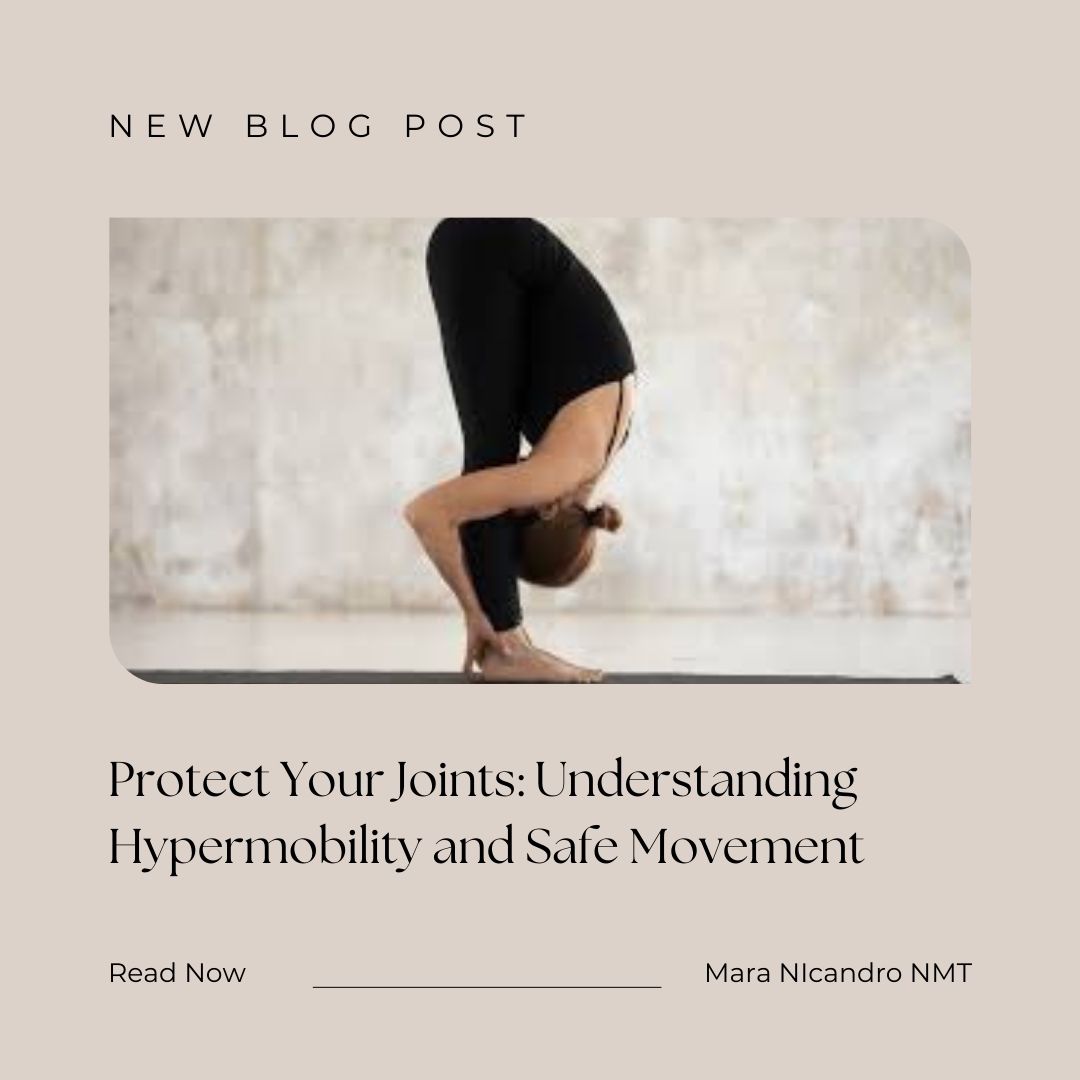Protect Your Joints: Understanding Hypermobility and Safe Movement
When it comes to fitness and movement, we often hear advice like “lock your joints for better stability.” While this might work for some, it’s important to understand that every body is unique—especially if you have hypermobile joints. Knowing how to move safely is crucial for long-term joint health and injury prevention.
What is Hypermobility?
Hypermobility occurs when your joints move beyond the normal range, often due to loose ligaments. This extra flexibility might seem beneficial, but it can lead to instability, chronic pain, and increased injury risk. Your muscles have to work harder to compensate, which can cause fatigue and discomfort.
- Signs of Hypermobility
– Excessive Flexibility: If you can easily hyperextend your elbows or knees, you might have hypermobile joints.
– Chronic Pain and Fatigue: Persistent joint pain or muscle fatigue, especially after physical activity.
– Frequent Sprains or Dislocations: Recurrent soft tissue injuries could be a sign of joint laxity.
– Poor Proprioception: You might struggle with balance or accidentally overextend your joints without realizing it.
Joint Proprioception and Hypermobility
Proprioception refers to your body’s ability to sense the position of your joints. In hypermobility, this sense can be diminished, leading to a delayed muscle response when stabilizing joints. This can make you more prone to clumsiness, falls, and further injuries.
Why You Should Be Cautious with General Fitness Advice
General fitness instructions, such as locking your joints for better stability, might not be safe if you have hypermobile joints. In fact, such advice can lead to further instability or even injury. It’s essential to listen to your body and be cautious about following generalized instructions, especially if the advice comes from someone who hasn’t assessed your specific joint and muscle function.
Listening to Your Body
Your body’s signals are vital. If something feels off or painful, it’s okay to pause and reassess. Moving safely and effectively is key to maintaining your joint health. If you suspect you have hypermobility or experience discomfort during certain movements, consider seeking personalized guidance. Professionals who understand your unique needs can help you create a movement plan that supports your long-term health and well-being.
Understanding hypermobility and being mindful of how you move can significantly impact your joint health. Don’t be afraid to listen to your body and seek advice tailored to your individual needs. Your joints will thank you for it!

